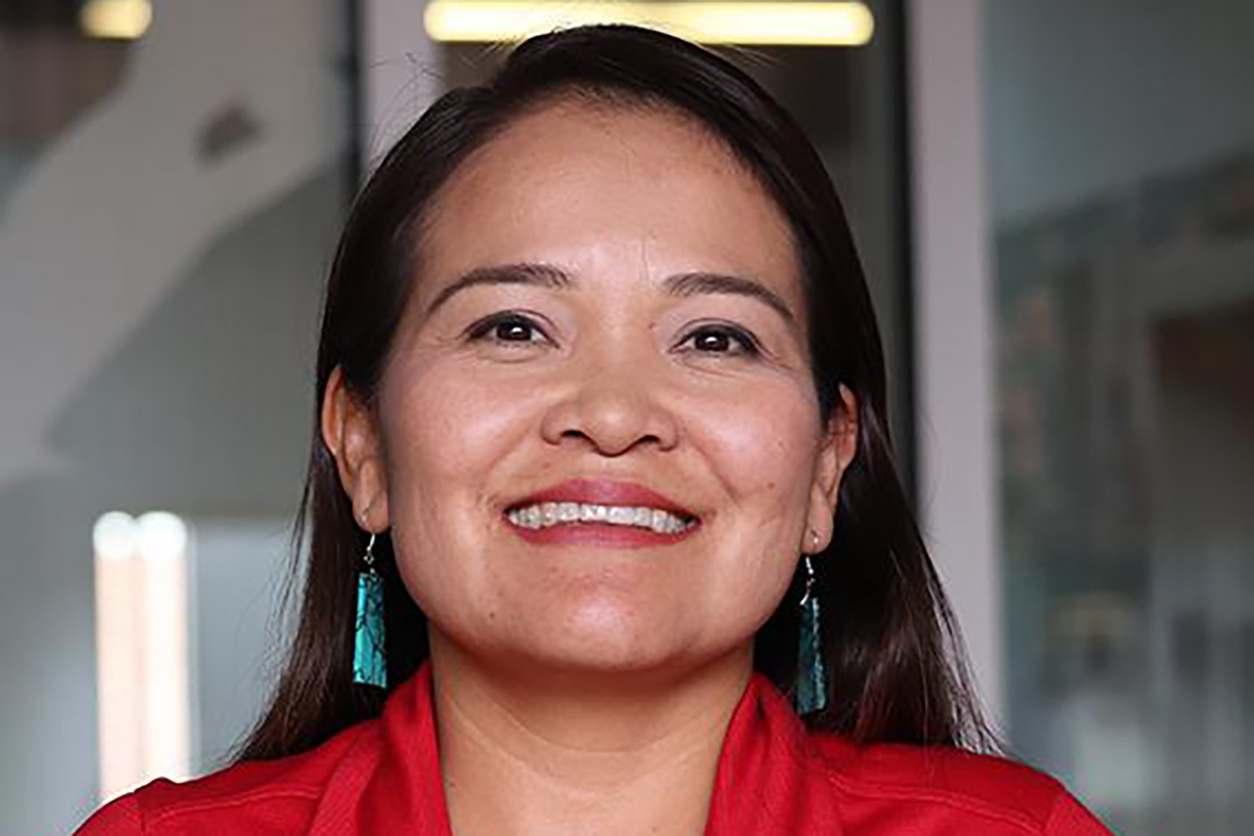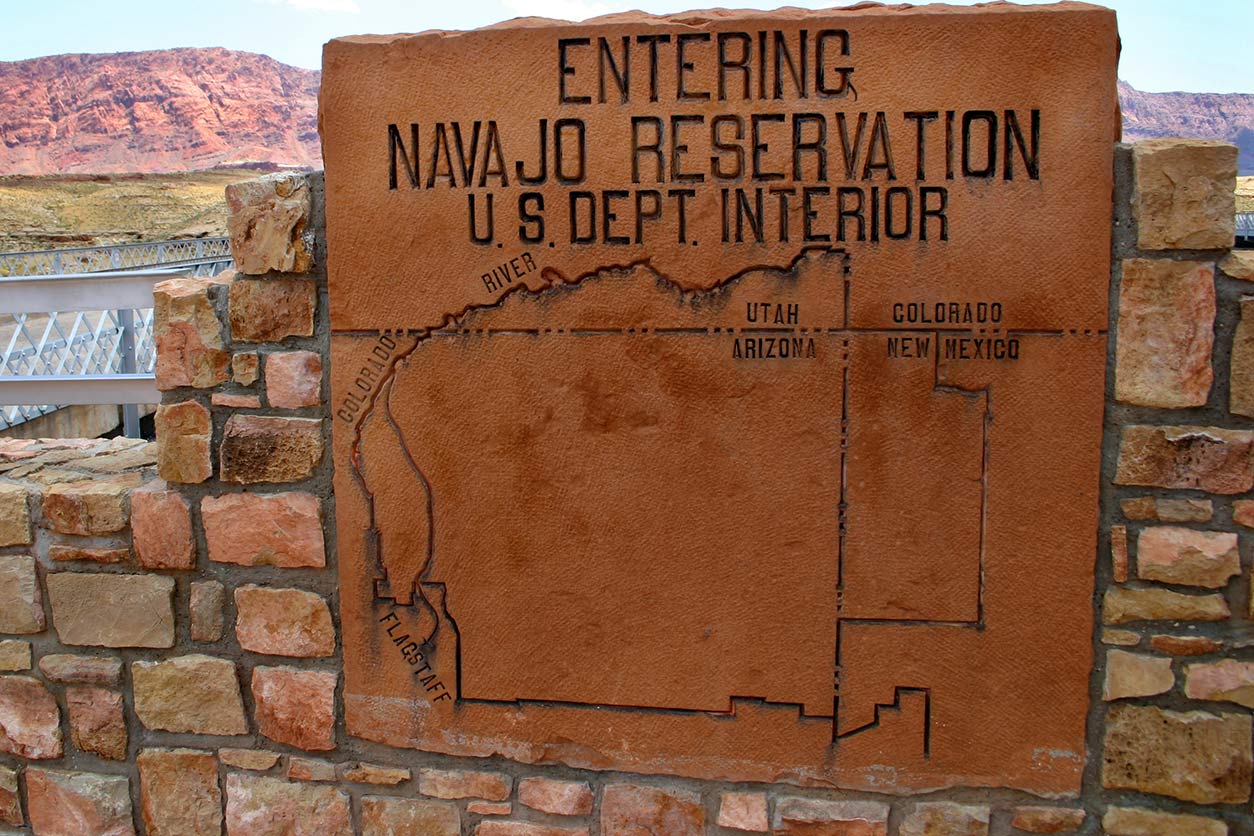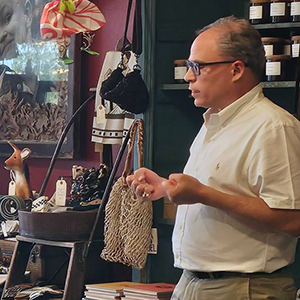Water contamination on tribal lands was the focus of a recent webinar series funded in part by the NIEHS Superfund Research Program (SRP). More than 400 attendees tuned in for Water in the Native World, which wrapped up July 15.
The online discussions were an extension of a special issue of the Journal of Contemporary Water Research and Education, published in April. The University of Arizona SRP Center(https://tools.niehs.nih.gov/srp/programs/Program_detail.cfm?Project_ID=P42ES004940) Community Engagement Core (CEC) organized the webinars and publication.
“These projects highlight examples where Indigenous perspectives are included in the research and also drive the research questions,” said Karletta Chief, Ph.D., who heads the Arizona CEC. “Indigenous researchers use science to address water challenges facing tribal communities, and they play a key role in bridging Western science with Indigenous knowledge.”
 Chief, a member of the Navajo Nation, edited the special issue and hosted the webinar series. (Photo courtesy of University of Arizona)
Chief, a member of the Navajo Nation, edited the special issue and hosted the webinar series. (Photo courtesy of University of Arizona)Addressing water contamination
Led by NIEHS grantee Jani Ingram, Ph.D.(https://www.niehs.nih.gov/research/supported/translational/peph/grantee-highlights/2017/#a809867), from Northern Arizona University, scientists measured arsenic and uranium concentrations in unregulated wells on Navajo Nation to understand potential exposure and health risks. They communicated results with residents to better inform their decision-making.
“Ingram’s work demonstrates the importance of community-engaged research,” noted Chief. “The communities led the work that she is doing, so it’s a great example of transparency in reporting back to stakeholders and [tribes].”
 In the Navajo Nation, water contamination increases susceptibility to COVID-19, according to Ingram and other NIEHS grantees.
In the Navajo Nation, water contamination increases susceptibility to COVID-19, according to Ingram and other NIEHS grantees.Otakuye Conroy-Ben, Ph.D., from Arizona State University, discussed unregulated and emerging contaminants in tribal drinking water. Her team found elevated levels of potentially harmful chemicals such as per- and polyfluoroalkyl substances. Less than 3% of tribal public water systems have been included in government-mandated monitoring, indicating a critical need to expand safety testing, according to Conroy-Ben.
Researchers led by Catherine Propper, Ph.D., from Northern Arizona University, found elevated arsenic in ground and surface waters throughout Arizona. Their work highlighted a lack of water quality data on tribal reservations. The team analyzed information from online databases and developed a statewide map of arsenic contamination in water.
“The maps that the authors created offer a tool for decisionmakers to address water quality disparities and risks that exist across Arizona, particularly on tribal lands,” Chief said.
 Arsenic contamination harms communities in the U.S. and across world. Learn more about NIEHS-funded research into the health effects of this chemical element.
Arsenic contamination harms communities in the U.S. and across world. Learn more about NIEHS-funded research into the health effects of this chemical element.Integrating tribal perspectives
Andrew Kozich, Ph.D., from Keweenaw Bay Ojibwa Community College in Michigan, spoke about integrating science with tribal perspectives to improve management of tribal fisheries in the state. He explained how water temperature data collected by his team informs fishing practices affected by stressors such as warming waterways and changing fish seasons.
Christine Martin, from Little Big Horn College, and her team interviewed tribal elders about how climate change affects the water, ecosystems, and community health of the Crow Tribe in Montana. Martin’s work sheds light on the concerns of Native communities and will guide climate change adaptation strategies.
Rachel Ellis and Denielle Perry, Ph.D., from Northern Arizona University, discussed approaches to give American Indians more control over their water systems. Interviews with community members and federal land managers showed a need for more tribal representation in water research, discourse, and policy, especially in regard to access and use.
“As the Little Colorado River and the Hopi Sipapuni [a sacred cultural site] face increasing [environmental] threats, collaborations between Indigenous water protectors, scholars, and advocates are all the more important,” noted Perry.
(Adeline Lopez is a research and communication specialist for MDB, Inc., a contractor for the NIEHS Superfund Research Program.)









